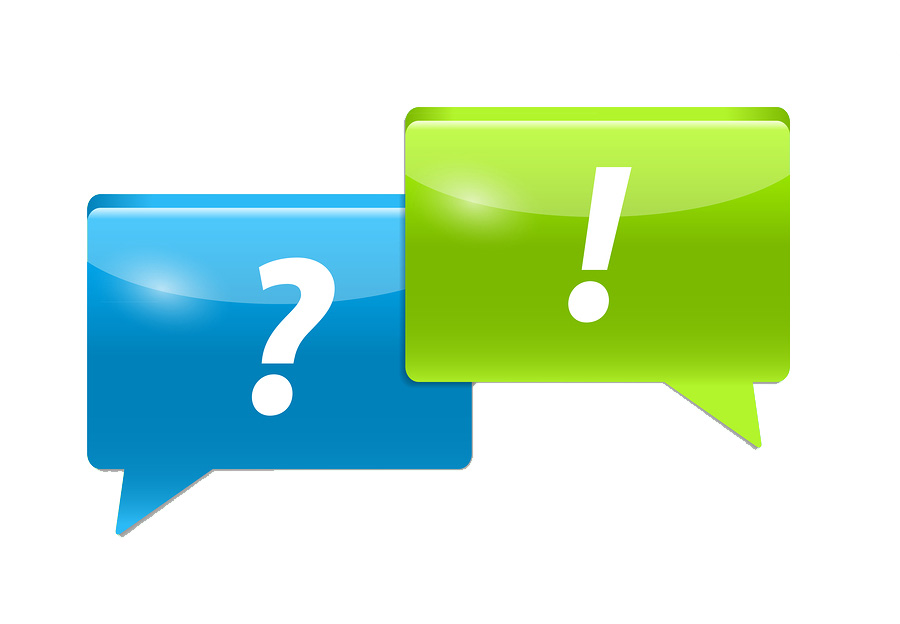If we always remember that everything we do, up to the moment a sale is made, is marketing then email communication is a huge component of our overall marketing effort. Just think for a moment how we use electronic mail we prospect with it, promote, explain, describe, introduce, compel, and build relationships, to name only a few.
But do you always move the ball forward? Do you get closer to making a sale with every email?
.jpg) There are hundreds of articles on email etiquette – this is not one of them. I will assume you know that using all CAPITAL letters is yelling. What we want to accomplish is communication, not the illusion of it, as Shaw noted. So knowing exactly what you want your message to communicate is the single most important thing. Obviously the primary purpose of the current email will establish the framework. The actual (marketing) message has to be crafted working back from your objective.
There are hundreds of articles on email etiquette – this is not one of them. I will assume you know that using all CAPITAL letters is yelling. What we want to accomplish is communication, not the illusion of it, as Shaw noted. So knowing exactly what you want your message to communicate is the single most important thing. Obviously the primary purpose of the current email will establish the framework. The actual (marketing) message has to be crafted working back from your objective.
For our first example let’s look at opening a new account. List the points you want to communicate and decide which one is most compelling. Great value, quick service, personal attention, top reputation, third party referral, amazing concepts may all end up on the list. If you decided that your reputation will open the account, that should be your leading statement – but you need to immediately let the prospect know what benefit that will bring them! Bring in your other attributes and tie them to serving the customer and then finish by asking for forward movement and reminding them of your reputation.
The same basic format applies to any email that is not about an active order. This includes product recommendations, quotes and suggestions for campaigns.
Active order emails are a bit different. Obviously a sale has been made, so the marketing aspect of the communication is about reinforcing the relationship and building towards the next order. The non marketing content discussing the active order should be constructed of complete comments. If your customer for example wrote to you and asked, "can we change the bag color to red?" you don’t want to simply reply "yes." Each exchange in your communication should be in context and complete so that at a later date the isolated email (without the thread of other emails) still conveys accurate information. Your reply of, "On your order for 500 tote bags (item B1002) it is possible to change the bag color to red, please confirm that is what you want us to do." By preserving the context you can be sure you have communicated and not simply created the illusion that you have.
Email is not the same as a text.
 It is always good advise to use as few words as you can to effectively communicate. But failing to communicate because you used too few words accomplishes nothing. Avoid clever abbreviations. Don’t type "U" when the word is "you!" Show respect for your customer by using plain simple language that is clear and to the point. And be sure you are actually communicating – giving information, answering questions and/or building the business relationship.
It is always good advise to use as few words as you can to effectively communicate. But failing to communicate because you used too few words accomplishes nothing. Avoid clever abbreviations. Don’t type "U" when the word is "you!" Show respect for your customer by using plain simple language that is clear and to the point. And be sure you are actually communicating – giving information, answering questions and/or building the business relationship.
Heavy users of texting tend to have "conversations" with short exchanges quite similar to what might be spoken if face to face. While this is acceptable with casual communication among friends, it is not a substitute for a business letter (note, email). There is no preservation of context. Since you are not face to face your words will be interpreted based on how they are received, not how they were sent! Recently I sent an email to a supplier regarding an issue with one of their products. They offered an acceptable compromise that was less than what the end buyer asked for, but quite reasonable and proper. I responded that I appreciated that they stood behind what they sold. Only problem was that they interpreted my words as being sarcastic and took a completely different meaning! I didn’t clearly state that the offer was reasonable and accepted.
I removed the confusion by following my own advice. I reiterated the problem and the offer maintaining context and specifically accepted the remedy offered by the supplier.
Never miss an opportunity to market to your customer.
Every email, each contact is an opportunity to market to your customer. Start by acknowledging that the customer gave you an opportunity – say thank you! Starting an email with "Thank you for your note" will help ensure your communication is received as intended. Include appropriate links after your signature to your website, special offers, your blog or other material that will build the relationship – but don't clutter your primary communication. Let your customer choose to follow the link and the impact of the information will be stronger.
say thank you! Starting an email with "Thank you for your note" will help ensure your communication is received as intended. Include appropriate links after your signature to your website, special offers, your blog or other material that will build the relationship – but don't clutter your primary communication. Let your customer choose to follow the link and the impact of the information will be stronger.
We have all read email we sent several days earlier and cringe at the mistakes we are finding. The final secret to great email marketing communication is... slow down! Take the time to read and if necessary edit your message. Run your spell check and fix the auto-correct that inserted the wrong words. Be sure you have addressed the primary messaging and always use the opportunity to reinforce your business relationship.
Gregg Emmer is chief marketing officer and vice president at Kaeser & Blair, Inc. He has more than 40 years experience in marketing and the promotional specialty advertising industry. His outside consultancy, providing marketing, public relations and business planning consulting to a wide range of other businesses, has been a useful knowledge base for K&B Dealers. Contact Gregg at gemmer@kaeser-blair.com.